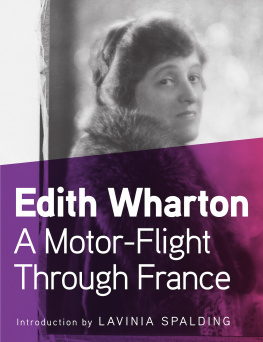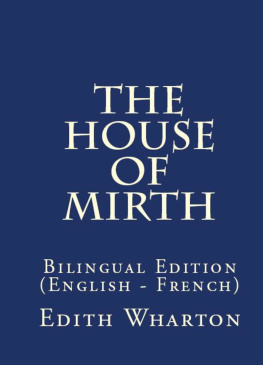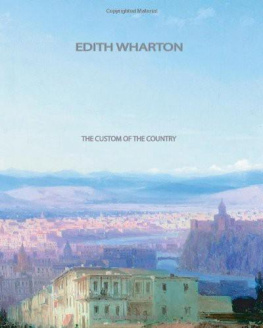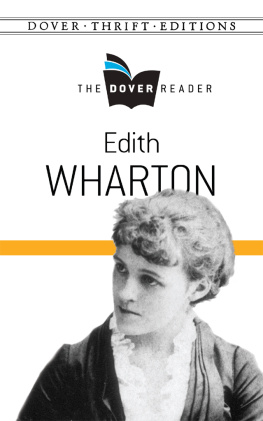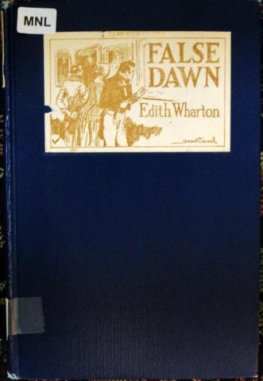INTRODUCTION
Lavinia Spalding
I s it possible, after seeing France for the first time, to ever really leave? Certain roads will always take you back.
I first visited France at age twenty-three, on a summer vacation with a friend. We traveled by rail, carried sixty-pound backpacks, slept in sketchy youth hostels, and subsisted on cider, baguettes, and La Vache Qui Rit (Laughing Cow) cheese triangles. Dont judge: money was tight.
Highlights from the trip include a nighttime tour of the walled city of Saint-Malo led by two young Frenchmen who kissed us on both cheeks as they said bonne nuita gesture we found impossibly charming, accustomed as we were to clumsy Arizona cowboys. We explored the chateaux of the Loire Valley, from Blois to Chambord to Chaumont-Sur-Loire. In Paris we followed the crowds to the Eiffel Tower, the Mona Lisa, and Notre Dame. On Bastille Day we arrived in Lyon just in time for a festival with fireworks illuminating the sky above the Basilica of Notre-Dame de Fourvire. Live music played on the bank of the Sane, and I still remember the thrill of celebrating Frances liberationand my ownas I danced barefoot in the grass to songs whose words I strained to understand.
French was my first foreign tongue, and learning it was the impetus for my travels. Id been studying the language for nine years when a professor pulled me aside to say that my grasp of le franais was basically pathetic and that Id never improve unless I visited a country in which it was spoken. I spent only three weeks in France that summer, and though my grasp of the language remained limp at best, it was there that I became fluent in foreignness. France romanced me. I fell for the castles, the culture, the art and history, and for the French themselveshow they dressed and walked and talked and insouciantly sipped their afternoon wine.
As the great American writer Edith Wharton wrote when she embarked on her motor-flights through France in 1906 and 1907, the French were a people resolutely addressed to the intelligent enjoyment of living. I could not have expressed it so elegantly, but I longed to be one of those people. France, my first flame, was the beginning of a lifelong love affair with travel.
Last year, exactly two decades after my first visit, I was backthis time for my honeymoon. Money was still tight, but armed with the keys to a friends flat in Provence and a rented Fiat 500, my new husband and I set off on our own motor-flight through France. I drove the first leg, and all went smoothly until we discovered that our GPS didnt work in Europe and our credit cards lacked the security chips required by the tollbooths. Then there were the ronds-points (rotaries or roundabouts), which seriously threatened my sanity and seemed specifically designed to spit confused tourists like us back out in the very direction from which we had come. By the time we encountered our third tollbooth and eighth rond-point between Nice and Sainte Maxime, I was lost, unhinged, and ready to rear-end the next car that cut me off.
When Wharton embarked on her now-famous road trips through France, things were a little different. Although she does mention ronds-points in her book, navigating them was likely a carefree experience; cars were a novelty and roads empty, so tailgating would not have been the European sport it is today. Wharton neednt have worried about tollbooths, either; motorways were also a new concept, and toll roads didnt start appearing in France until the 1950s. Needless to say, she was not equipped with a GPS. Instead she had a chauffeur. And finally, Whartonborn Edith Newbold Jones in 1862belonged to the elite upper crust of New York society (the phrase keeping up with the Joneses is said to have originated with regard to her family), and had recently published the spectacularly popular instant bestseller The House of Mirth. Money was not tight.
It feels presumptuous to compare myself in any way to Edith Whartonone of the most important writers of the twentieth centurybut she and I do have one thing in common: a life of travel shaped by an early experience of France. In 1866, when Wharton was just four, her family moved to Europe, where they would stay for six years. It was while living in Paris that Wharton discovered her passion for storytelling, or making up, as she called it. Clutching her parents travel book (Washington Irvings Alhambra), she would hold it upside down and turn the pages while inventing tales. At any moment, she wrote in her autobiography, A Backward Glance, the impulse might seize me; and then, if the book was in reach, I had only to walk the floor, turning the pages as I walked, to be swept off full sail on the sea of dreams. The fact that I could not read added to the completeness of the illusion, for from those mysterious blank pages I could evoke whatever my fancy chose.
Educated privately by European governesses, young Edith was fluent in French, Italian, and German by the time she returned to the United States at age ten. However, her European upbringing left her disenchanted with what she found to be a comparatively bland Americashe returned to the intolerable ugliness of New York with its untended streets and the narrow houses so lacking in external dignity, so crammed with smug and suffocating upholstery. Wharton later wrote of her difficulty understanding how people who had seen Rome, Seville, Paris, and London could live contentedly between Washington Square and the Central Park. Throughout her life, she would express disdain for her native land, bemoaning its dearth of education, history, and culture. In a letter to her friend Sally Norton, she once wrote of Europe, Oh the curse of having been brought up there, & having it ineradically (sic) in ones blood! Indeed, from the age of ten and for the remainder of her life, Wharton would consider herself an exile. Like Lily Bart in The House of Mirth, Wharton thought of herself as an expatriate everywhere, home nowhere. For Lily and Wharton, herself, Europe was the refuge from the dissatisfactions of a privileged New York life.
Although we know Wharton best for her novels and novellasshe penned twenty-one, including (in addition to The House of Mirth) such classics as The Age of Innocence, The Custom of the Country, and Ethan Fromeshe also wrote luminously about travel, publishing three travel memoirs and many articles. Her close friend Henry James (who accompanied her on one of her motor-flights through France) nicknamed her pendulum-woman because she crossed the Atlantic so oftenas many as seventy times in her life. Wharton wrote that she had an incurable passion for the road and once told a friend that she planned to eat the world leaf by leaf.
Unlike many other wealthy wanderers of her time, Wharton was not content with ordinary tourism; it was the unbeaten path that called her. Her friend Percy Lubbock wrote that she rustled unhesitatingly into locked churches, closed galleries, and palaces where visitors were not normally allowed, in search of hidden rarities, lost treasures and forgotten shrines. Long before the invention of the automobile, she traveled by almost any means availablebicycle, train, mule, donkey cart, funicular, or on footin pursuit of obscure sites. Everything changed in 1903, when Wharton took her first ride in a motorcar in Italy and discovered her ideal mode of transportation. I swore then and there, she wrote, that as soon as I could make money enough I would buy a motor.
The windshield had not yet been invented, and Wharton suffered acute laryngitis as a result of that ride. Nevertheless, soon she and her husband, Teddy, began buying and selling cars (because they all broke down regularly) and touring the New England countryside. In those epic days, Wharton later wrote, roads and motors were an equally unknown quantity, and one set out on a ten-mile run with more apprehension than would now attend a journey across Africa. Despite the inconveniences, the motorcar seemed to Wharton an immense enlargement of life.

